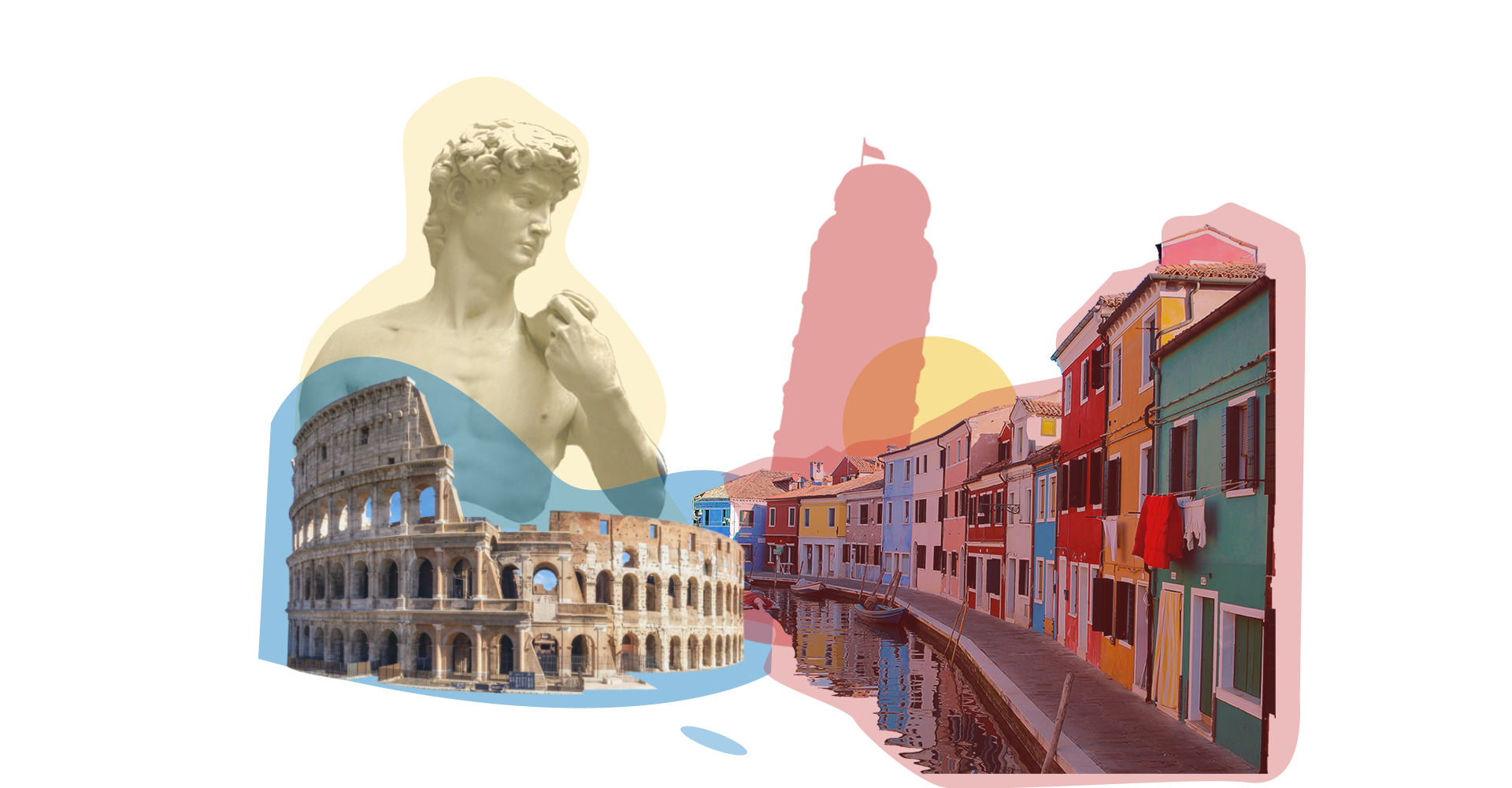
Education
Bongiorno, Let’s explore together the educational system of warm and beautiful Italy. Education in Italy is free and mandatory for students from 6 to 16 years old and consists of several levels: kindergarten, elementary school, high school, and university. Southern Italy is far behind northern Italy in the quality of education. The first thing to know Education in Italy is highly valued due to the fact that there are excellent educational institutions throughout the country, where international students are warmly welcomed. The higher education system is divided into 2 parts. University education. It is a more developed field in terms of subjects, courses, areas of training and levels, as well as corresponding academic degrees.
Education in Italy consists of 3 stages.
1. Bachelor’s degree (3-5 years). Upon graduation, students must pass the final exams and write a diploma thesis. Upon successful completion, they receive a laurea (C.L.) diploma and a bachelor’s degree.
2. Master’s degree (2-6). At the end of the program, students must take an exam and write their dissertation. They then receive a Diploma Universitario (C.D.U.) and a Master’s degree.
3. Doctor of Sciences (3 years). Doctoral students usually do research at various universities, including foreign ones. Students must write and defend a thesis at the end of their research activity. Upon successful defense, the degree Dottorato di Ricerca is awarded.
One of the best foreign destinations for international students is getting an education in Italy. Italy has a rich historical and cultural basis, at the same time it is full of innovative programs. Studying in Italy gives an opportunity to obtain a prestigious scientific degree in Italian universities and academies. Northern Italy is one of the leaders in the world in terms of education quality, in general, 20 Italian universities are on the list of 500 most famous universities in the world.
Some of them are the University of Bologna, University of Turin, University of Genoa, University of Milan. Education in Italy is constantly updated and walks in the face of the innovations of the time. There is a flexible discount system here, financially supporting each learner and aspiring, individual. There are 17 private educational organizations for foreigners in Italy. There are about 32,000 international students in Italy.
As you know, the Renaissance began in Italy, spreading throughout Europe, bringing new perspectives in the fields of science, discovery, and art. The Renaissance became a period of flourishing Italian culture and enriched the history of Italy. The Kingdom of Italy began to develop rapidly, with industrial centers established mainly in the north of the country, while the economy of southern Italy remained underdeveloped. To this day, southern Italy lags behind northern Italy. Italy’s economy is currently the eighth largest in the world.
When you say Italy, all the cultural monuments that were created during the whole existence of Italy stand before your eyes. Italian culture includes traditions of different regions. It stands out with the uniqueness of its monuments. Monuments with a centuries-old history still amaze tourists with their unique architectural elegance. There are about 100,000 different types of monuments in the country: museums, palaces, art galleries. You will find many World Heritage Sites in Italy.
Italy is a popular place for international students. It offers quality education, and tuition fees are more affordable here. Today, several Italian institutions are among the top-ranked universities in Europe.
The country has a rich history, a tradition of higher education. Italian higher education institutions train specialists in accordance with the requirements of the labor market. The strong international connection between many foreign institutions gives students the opportunity to build a successful career not only in Italy but also in the international labor market.


